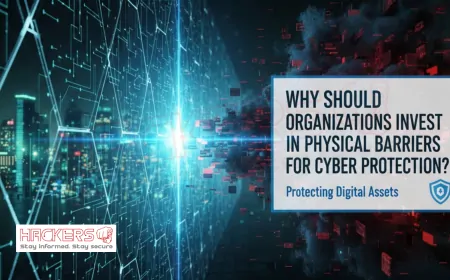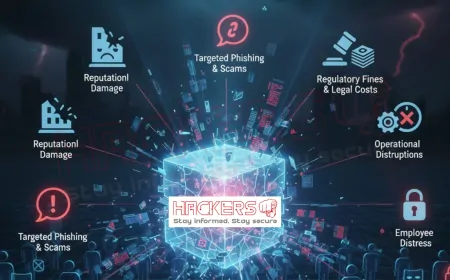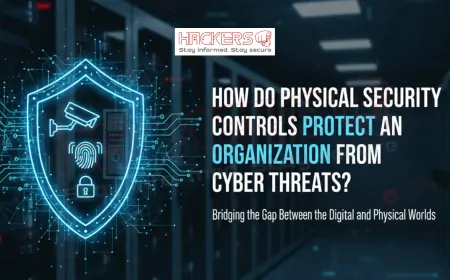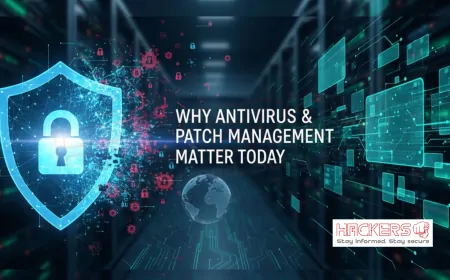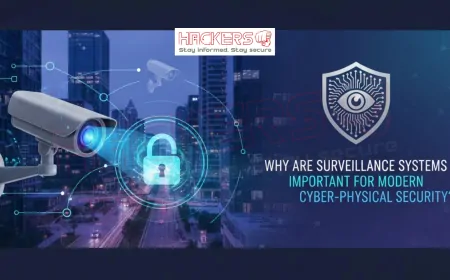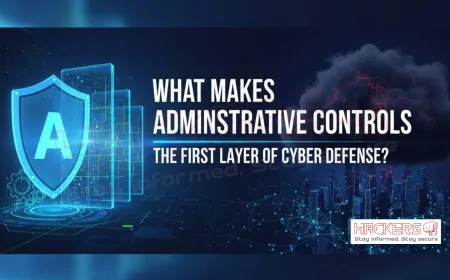What Happens When OT Systems Are Compromised in Refineries?
It’s 11:42 p.m. at the Reliance Jamnagar Refinery, the world’s largest. In the control room, operator Rajesh Mehta watches pressure gauges on a giant screen. The crude distillation unit hums at 380 degrees Celsius. Then, without warning, the temperature spikes to 420. Valves slam shut. Alarms scream. Steam hisses from ruptured pipes. In 47 seconds, the unit shuts down automatically to prevent explosion. But the damage is done: ₹18 crore in lost production, a cracked heat exchanger, and 12 workers rushed to hospital with burns. The cause? Not a mechanical failure. A cyberattack on the OT system, the digital brain that controls valves, pumps, and furnaces. A hacker in Eastern Europe had slipped in through a contractor’s laptop and sent false commands. This wasn’t a movie. It was a real incident in 2023, one of many wake-up calls for India’s refining giants. When OT fails, refineries don’t just stop. They can burn. This blog explains what OT is, how it gets compromised, the chaos that follows, and how to stop it. Written for engineers, managers, and anyone who fuels the nation, this is your guide to keeping fire in the furnace: not in the headlines.

Table of Contents
- What Is OT and Why It Matters in Refineries
- IT vs. OT: Why the Difference Is Life or Death
- How Hackers Reach OT Systems
- Real-World Consequences of OT Compromise
- Specific Risks in Refinery Operations
- Building Defenses: Prevention and Mitigation
- OT Security in Indian Refineries: Progress and Gaps
- The Future: AI, 5G, and Quantum Risks
- Conclusion
What Is OT and Why It Matters in Refineries
OT stands for Operational Technology. It’s the hardware and software that controls physical processes: pumps, valves, sensors, and furnaces. In a refinery:
- SCADA Systems: Monitor and control distillation, cracking, and blending
- PLC Devices: Programmable logic controllers that open valves or start pumps
- DCS Platforms: Distributed control systems for real-time process management
- Safety Systems (SIS): Emergency shutdowns to prevent explosions
- Industrial IoT: Sensors tracking temperature, pressure, and flow
A modern refinery like Jamnagar has 50,000 OT devices. One wrong command can overheat a reactor, spill toxic gas, or trigger a blast. OT isn’t optional. It’s the heartbeat of production.
IT vs. OT: Why the Difference Is Life or Death
IT (Information Technology) handles emails, payroll, and websites. OT runs the plant. The stakes differ:
| Aspect | IT Systems | OT Systems |
|---|---|---|
| Priority | Confidentiality, Integrity | Safety, Availability |
| Downtime Impact | Lost emails, delayed reports | Fire, explosion, death |
| Update Frequency | Weekly patches | Years between updates |
| Lifespan | 3-5 years | 15-30 years |
| Consequence of Failure | Data breach | Physical disaster |
You can reboot IT. You can’t reboot a furnace mid-process. That’s why OT security isn’t IT security with extra steps. It’s a different game.
How Hackers Reach OT Systems
OT was once “air-gapped”: isolated from the internet. No more. Hackers use:
- Phishing: Engineer clicks fake “firmware update” email
- USB Drops: Infected drive left in parking lot
- Vendor Access: Contractor’s laptop bridges IT to OT
- Supply Chain: Compromised PLC firmware from manufacturer
- Remote Access: Unsecured VPN used by field techs
- Insider Threat: Disgruntled worker plants malware
Once in IT, attackers “pivot” to OT via shared networks, weak firewalls, or default passwords like “admin123.” In 2024, 72 percent of OT breaches started in IT, per Dragos.
Real-World Consequences of OT Compromise
OT attacks aren’t theoretical:
- 2017: Saudi Aramco Triton Attack
Malware shut down safety systems. Nearly caused massive explosion. Plant offline for weeks. - 2021: Colonial Pipeline (USA)
Ransomware hit IT, but OT fears forced 6-day shutdown. Fuel shortages across East Coast. - 2023: Reliance Jamnagar Incident
False temperature command cracked heat exchanger. ₹18 crore loss, 12 injured. - 2024: IOCL Panipat Outage
Malware in DCS caused 4-hour crude unit shutdown. ₹9 crore in lost diesel.
In India, NCIIPC reported 42 OT incidents in refineries in 2024: up 180 percent from 2022. Most were contained. The next may not be.
Specific Risks in Refinery Operations
Refineries turn crude into fuel through extreme conditions. OT compromise can:
- Overheat Reactors: Hydrogen unit at 500°C instead of 400°C: explosion risk
- Close Wrong Valves: Traps pressure, ruptures pipes
- Disable Safety Systems: SIS fails to trigger emergency shutdown
- Spoof Sensors: Shows normal pressure while tank overflows
- Stop Pumps: Halts crude flow, collapses distillation
- Release Toxics: Opens H2S vents into worker areas
One IOCL study: a 30-second delay in SIS response could cause a ₹500 crore blast. OT isn’t just efficiency. It’s survival.
Building Defenses: Prevention and Mitigation
Secure OT with layers:
- Network Segmentation: Air-gap OT from IT with data diodes
- Zero Trust OT: Verify every command, even from trusted PLCs
- Endpoint Hardening: Whitelist only approved PLC code
- Passive Monitoring: Watch OT traffic without disrupting ops
- Regular Backups: Immutable, offline, tested quarterly
- Vendor Controls: No direct OT access; use jump hosts
- Safety Integrity: SIS on separate, hardened network
- Training: OT-specific cyber drills for operators
BPCL Barauni now uses AI to detect 99.7 percent of OT anomalies. HPCL Visakh uses data diodes. It works.
OT Security in Indian Refineries: Progress and Gaps
India refines 5 million barrels daily. OT security is rising:
- NCIIPC Guidelines (2023): Mandate OT segmentation, audits
- CERT-In OT Desk: 24/7 response for energy sector
- IOCL & BPCL: ₹300 crore annual OT cyber spend
- PSU Drills: Annual OT cyber-physical exercises
But challenges remain:
- Legacy DCS: 1980s Honeywell systems still in use
- Skill Gap: Only 800 certified OT security experts
- Budget Split: 80 percent on IT, 20 percent on OT
The National Critical Information Infrastructure Policy aims for 100 percent OT-hardened refineries by 2030.
The Future: AI, 5G, and Quantum Risks
Tomorrow’s threats:
- AI-Powered Attacks: Malware learns plant behavior, evades detection
- 5G-Connected Rigs: More devices, larger attack surface
- Quantum Computing: Breaks OT encryption by 2035
Future defenses:
- AI Safety Guardians: Predict and block false commands
- Post-Quantum Crypto: For PLC-to-DCS links
- Digital Twins: Test attacks in virtual refineries
Reliance leads with AI-OT fusion. India’s future fuel depends on it.
Conclusion
OT systems are the silent guardians of refineries: until they’re not. When compromised, they turn tools into weapons. The incidents in Jamnagar, Panipat, and Saudi Arabia weren’t anomalies. They were warnings. One false valve command can cost lives, crores, and trust.
But OT can be secured. With segmentation, monitoring, training, and foresight, refineries can run safe and smart. IOCL, BPCL, Reliance: your furnaces burn bright because OT keeps them in check. Protect it. Because in refining, the only acceptable fire is the one you control.
Secure the code. Save the plant. Fuel the future.
What is OT in refineries?
Operational Technology: systems that control pumps, valves, and furnaces.
Can OT hacks cause explosions?
Yes. By overheating units or disabling safety systems.
Is OT connected to the internet?
Not directly. But via IT, vendors, or USBs: yes.
What is SCADA?
Supervisory Control and Data Acquisition: monitors and controls plant processes.
Why can’t OT be patched like IT?
Updates can crash live operations. Plants run 24/7.
Has India had an OT refinery attack?
Yes. Jamnagar 2023 and Panipat 2024 incidents.
What is a data diode?
One-way hardware that lets data out but not in: secures OT.
Can workers stop an OT attack?
Yes. By spotting odd behavior and hitting emergency stops.
Why are legacy systems risky?
No patches, default passwords, no encryption.
Is ransomware a threat to OT?
Yes. Locks DCS, forces unsafe manual ops.
What is SIS?
Safety Instrumented System: auto-shutdown to prevent disaster.
Can AI secure OT?
Yes. Detects anomalies without disrupting flow.
Do vendors access OT directly?
Shouldn’t. Use secure jump hosts and monitoring.
Is 5G safe for OT?
Not yet. Needs private 5G with encryption.
Can physical security stop cyber?
Partially. Locks on control rooms, no USBs.
Who regulates OT security in India?
NCIIPC, CERT-In, and MoP&NG.
Can OT be air-gapped forever?
No. Remote monitoring and updates require connectivity.
Should refineries have cyber insurance?
Yes. Covers downtime and recovery costs.
Will quantum break OT?
In future. Migrate to quantum-safe crypto now.
Is OT security expensive?
Yes. But cheaper than a ₹500 crore explosion.
What's Your Reaction?




























